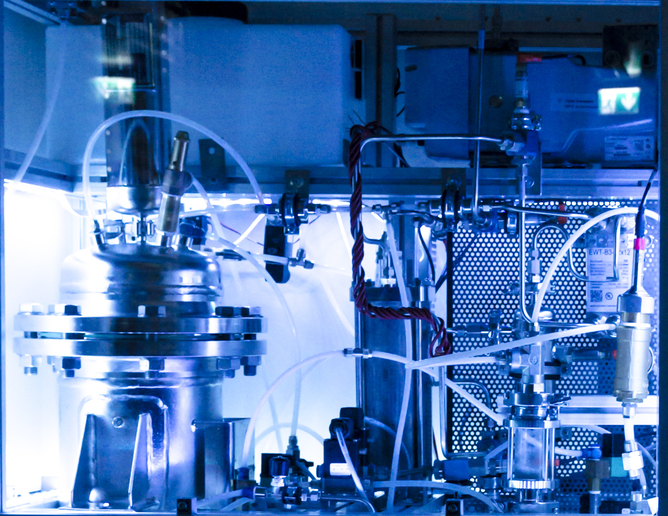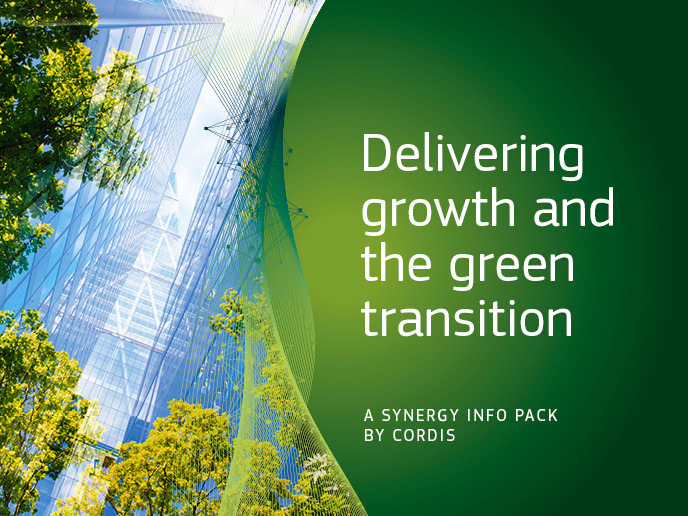Big efficiency gains from extremely small features
Thermoelectric generators take a temperature difference and turn it into electric power. Heating one end of a thermoelectric material causes the electrons to move away from the hot end towards the cold end. Electrons flowing from the hot to the cold side result in an electrical current. Such devices made of different materials are already used for applications such as portable coolers and to cool off car seats. Researchers working on the INNOVTEG(opens in new window) (An innovative very low-cost thermo-electric technology for large-scale renewable solar energy applications) project sought to open up thermoelectric materials to more applications. With the support of the EU, the researchers have made progress on the performance of nano-structured thermoelectric materials. Thermoelectric materials can turn a temperature difference into electricity, but an efficient thermoelectric material would generate electricity without conducting heat. Most good electrical conductors are also good thermal conductors. INNOVTEG's solution is based on low-cost and abundant transition metal sulphides. The thermoelectric efficiency of tens of different materials — including NiCr2S4 — was evaluated to identify the best candidate materials for further development. The performance of the selected materials was enhanced through modern synthesis techniques, including nano-structuring. Specifically, nanopowders synthesised of different sulphides were first characterised and then consolidated into dense pucks of thermoelectric materials. Modelling carried out by the INNOVTEG team showed that the developed materials enable design of a thermoelectric system suitable for building integration. The thermoelectric generator prototype was integrated into a test panel and tested for safety and performance. The INNOVTEG thermoelectric generator is expected to achieve an output of about 30 W per square metre across a range of European climatic conditions. In doing so, the new technology could enter the market alongside the existing photovoltaics industry.







